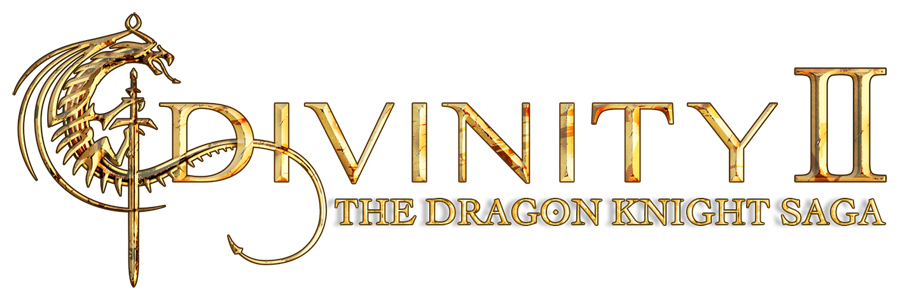Divinity usually gets compared to the Fable series on Microsoft’s console, but almost always contains a higher entertainment and fun factory. While this is probably not a statement that is going to grab many hardcore PC fans, it should. It is rare that a game comes along that has noticeable quarks that are easily ignored by the amount of enjoyment squeezed from the game.
The most noticeable issue is that every cut scene seems to be rendered in engine except that they are all a lower resolution then that of the running game. The game starts this way, meaning that the first impression it gives is of a slightly blurry world populated by murky and brown shapes. This ends the moment that the game proper starts, as those visuals are bright and colorful, but it is rather odd that the first visuals of the game are it at its worst.
There is also something of a pacing problem toot. After the rough intro, most enemies are near impossible to beat. This feels rather odd as the entire first 20 minutes of the game kicks the players ass with just a few easy hits from random wild pigs. This quickly changes with completions of quests, as less than an hour later the player is able to walk through the same section of the game and ignore damage done by the same types of enemies simply based on a handful of levels gained.
This happens frequently as the story progresses through both games, a new area will be difficult until levels are gained and then turn into annoyances, but most notably about halfway through the first game when the tone of the entire experience changes when special curing properties are introduced. This doesn’t end the challenge of the game, but it helps lowers it so much that the entire flow of the game changes.
Divinity II is bundled with two games, the second being a direct sequel to the first. Oddly the bundle itself has some flaws to it as well. The most noticeable is simply that it uses the same auto save and quick save feature for both games. This means that if a player is going through the story of the first game and decides to check out the second title, their auto save is instantly lost as most probably is their quick save. This can be rather annoying when the first game is almost completed, and the last hard save made was several hours ago.
The rich world is probably the one thing that easily keeps the game interesting. Like Fable before it, most of the world takes place in what could be considered hallways, as most of them simply serve to funnel the player to where they need to go. The difference with Divinity is that all of the walls for this hall have been pushed out to such extents that the smallest area in this game is almost double that of the largest in Fable. This size makes it easy enough to get lost, miss small items or quests, and seemingly beg the player to continue exploring every corner.
Divinity II is simply a great game. While there might be some odd little shortfalls that pop up that keep it from the halls of true greatness, there really is just so much going for it in the way of immersive world and enjoyable gameplay that it is worth exploring. With the newest addition of Fable seemingly falling as flat as it did it is always good to know that there are other developers out there more than able to make the same type of game just as well. Simply writing this review has made me want to go back and play even more of the game.
Not As Good As: Getting 360 achievements for playing it
Also Try: Fable 2
Wait For It: Divinity 3
Stay with MyGamer on Twitter: www.twitter.com/mygamernews
